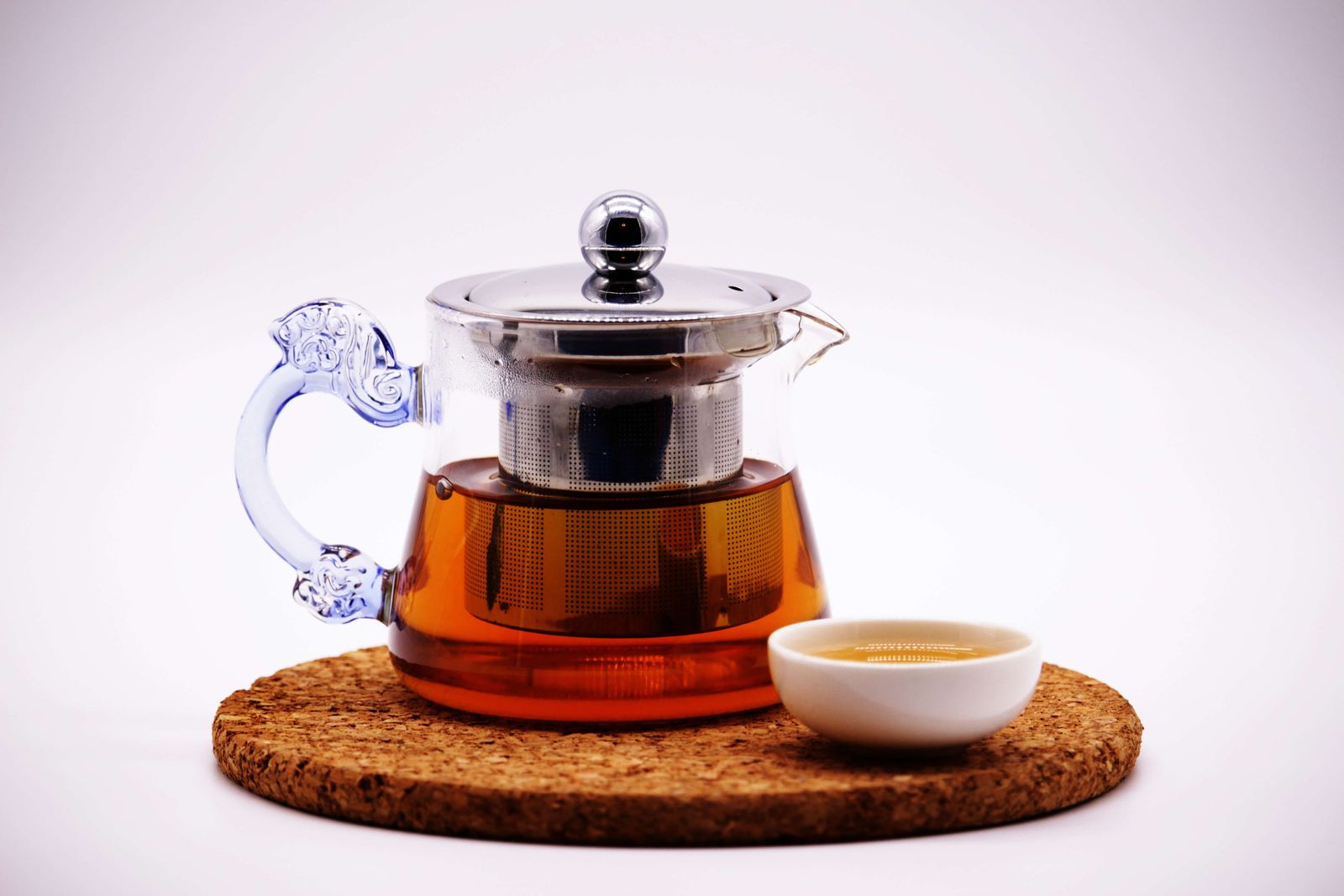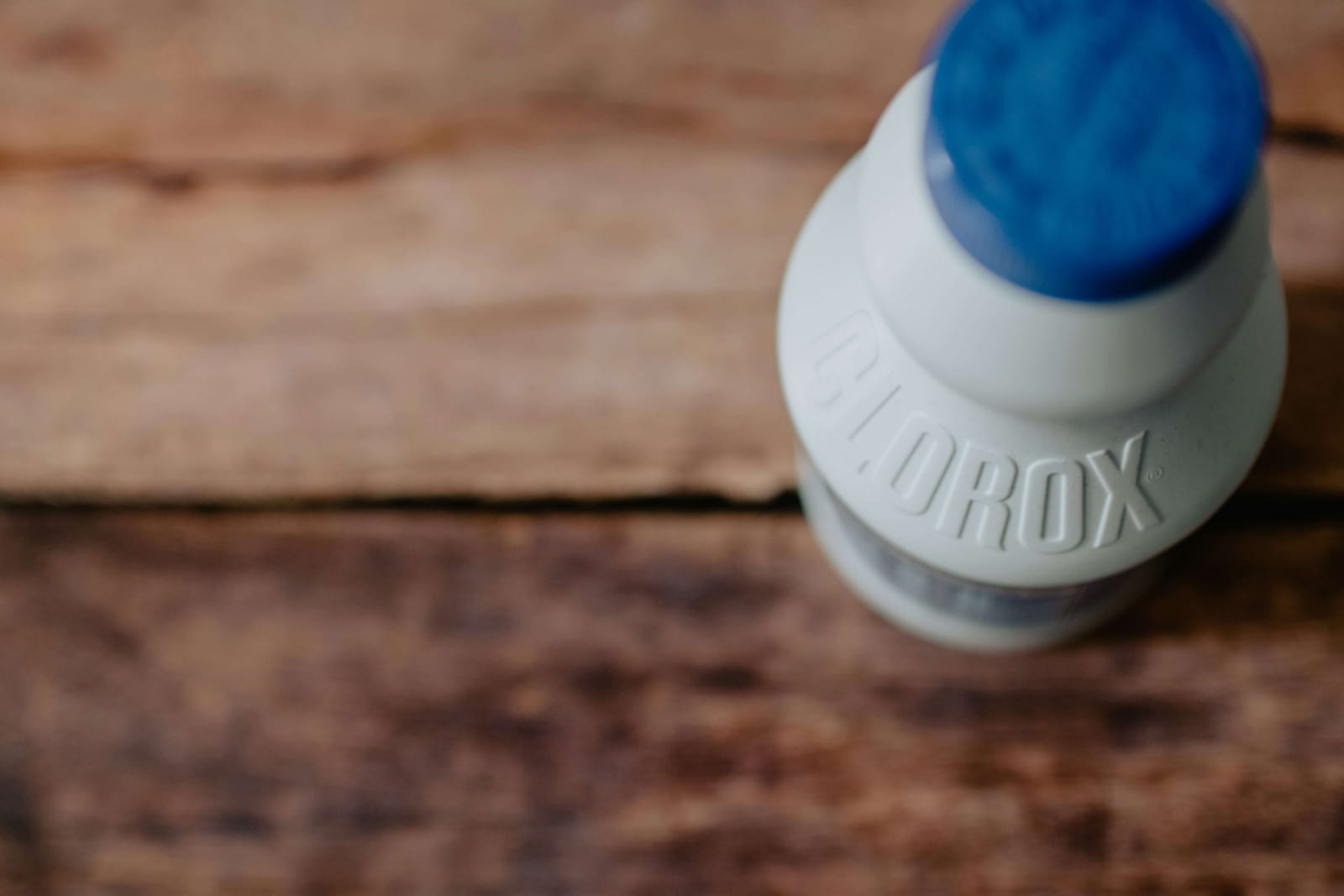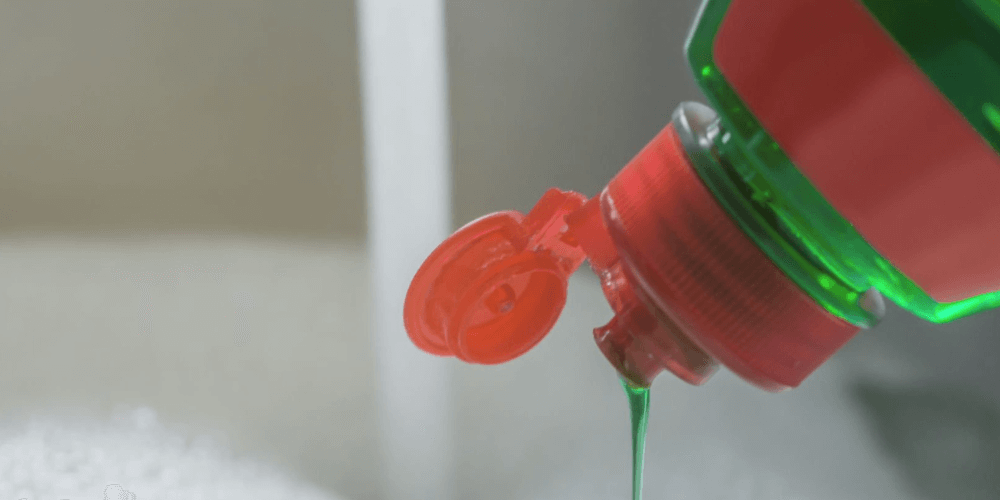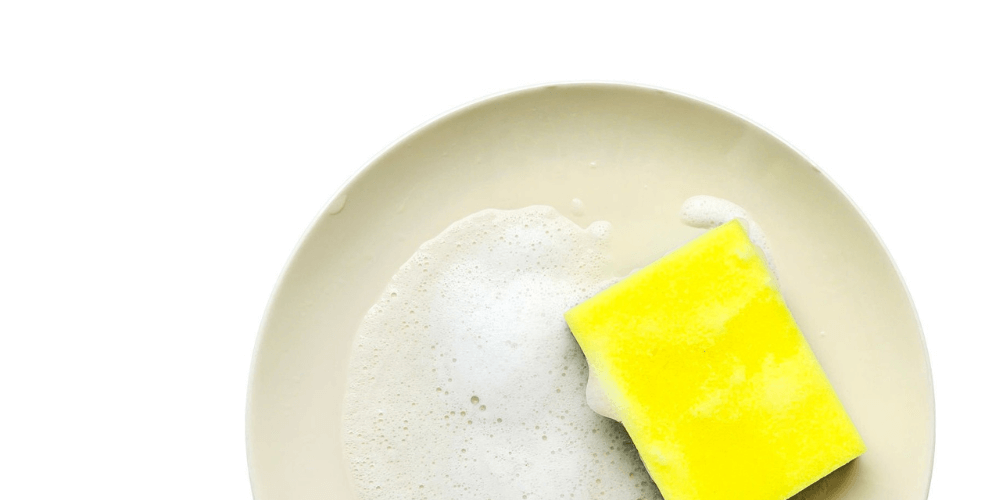Brewing tea is an art that can be enhanced with the right tools. A stovetop kettle with an infuser offers a versatile and convenient option for tea enthusiasts.
In this guide, we'll discuss the benefits of using a stovetop kettle with an infuser, the various types available, and essential features to consider. Whether you're a seasoned tea connoisseur or a beginner, these tips will help you make an informed choice for your tea brewing needs.
Benefits of Using a Stovetop Kettle with an Infuser
Convenience: All-in-One Solution
A stovetop kettle with an infuser combines the functions of a kettle and a tea infuser, offering utmost convenience. You can boil water and steep tea leaves in the same device, eliminating the need for separate equipment.
Time-Saving: Streamlined Brewing
Using a kettle with an infuser saves you valuable time. There's no need to heat water separately and then transfer it to a teapot or another infuser. This all-in-one solution simplifies your tea brewing routine, allowing you to enjoy your favorite cup more quickly.
Ease of Use: User-Friendly Design
Tea kettles with infusers are designed for effortless use. The removable infuser makes it easy to add and remove tea leaves, while the kettle's spout ensures precise pouring, reducing the risk of spills.
Versatility: Explore a World of Flavors
Stovetop kettles with infusers are incredibly versatile, accommodating different types of tea leaves. Whether you prefer black, green, white, or herbal teas, these kettles allow you to indulge in a wide range of flavors and aromas.
Types of Tea Kettles with Infusers
Stovetop Tea Kettles with Infusers: The Classic Choice
Stovetop kettles with built-in infusers are a traditional option for tea enthusiasts. These kettles are commonly made from materials like stainless steel or enamel and can be used directly on a stovetop to heat water.
Electric Tea Kettles with Infusers: The Modern Convenience
Electric kettles with infusers offer a blend of convenience and speed. They heat water quickly and often feature temperature control settings, allowing you to fine-tune the water temperature for different tea types.
Glass Tea Kettles with Infusers: The Visual Experience
Glass kettles with infusers offer aesthetic appeal, letting you watch the tea steeping process unfold. These kettles are usually made from heat-resistant borosilicate glass, which is both durable and easy to clean.
Features to Consider When Choosing a Tea Kettle with Infuser
Material: Safety and Durability
Consider the material of both the kettle and the infuser. Stainless steel and glass are popular choices for their durability and heat resistance. Make sure the materials are food-safe and won't alter the tea's flavor.
Capacity: Match Your Brewing Needs
Determine the kettle's capacity based on your brewing requirements. Whether you're making tea for one or for a group, choose a kettle size that aligns with your needs.
Infuser Design: Optimal Tea Infusion
Pay attention to the design and size of the infuser. A fine mesh or perforated design allows the tea leaves to expand fully, ensuring a rich infusion. Check if the infuser is easily removable for convenient cleaning and reloading.
Heat Distribution: Consistent Brewing
For stovetop kettles, consider the heat distribution properties of the material. Kettles with an encapsulated base offer even heat distribution, preventing hot spots and contributing to a better brewing process.
How to Use a Tea Kettle with Infuser
Preparing the Tea Kettle with Infuser: A Clean Start
Before using your tea kettle with an infuser, make sure it's clean and free from any residues. Follow the manufacturer's guidelines for initial cleaning to ensure the purity of flavors and eliminate any unwanted tastes.
Adding Water and Tea Leaves: The Right Proportions
Fill the kettle with fresh, cold water, taking care not to overfill and cause spills during boiling. Open the infuser and add your chosen amount of tea leaves. The quantity will depend on your personal preference and the type of tea you're using. Always consult the tea packaging for recommended measurements.
Boiling the Water and Steeping the Tea: The Perfect Brew
Place the kettle on the stovetop or activate the electric kettle. Allow the water to reach a gentle boil, attaining the right temperature for your specific tea type. Once achieved, reduce the heat or turn off the electric kettle. Let the tea steep for the recommended time to infuse the flavors fully.
For a deeper understanding of water boiling and its impact on tea, read our article: "The Art of Boiling Water: Optimal Temperatures for Brewing Tea in a Kettle."
Pouring and Serving: The Final Touch
After the steeping time, carefully remove the infuser and place it on a designated tray to avoid over-extraction. Pour the brewed tea into teacups with a steady, controlled motion. Enjoy your freshly brewed tea.
Cleaning and Maintaining Your Tea Kettle with Infuser
Regular Cleaning Tips: Keep It Fresh
After each use, rinse the infuser and kettle with warm water to remove residual tea leaves. For a thorough clean, disassemble the infuser and wash it separately, using a gentle brush for any stubborn residues.
Dealing with Stubborn Stains: The Deep Clean
If your kettle develops stains or mineral deposits, use a 1:1 solution of water and white vinegar. Let it sit for a few hours or overnight, then rinse thoroughly and wipe away any lingering stains.
Avoiding Common Mistakes: Best Practices
Avoid harsh cleaning agents or abrasive pads that could damage the kettle's surface. Make sure the infuser is completely dry before storing to prevent moisture issues. Regularly inspect the spout and handle for wear or damage and replace as needed.
Long-term Maintenance: Extend Your Kettle's Lifespan
To prolong the life of your tea kettle with an infuser, descale it periodically. Follow the manufacturer's guidelines or use natural methods like citric acid or lemon juice for descaling.
For more tips on kettle cleaning, read T Ching's article "Dirty Little (Tea) Secrets."
Conclusion: Elevate Your Tea Experience with the Right Kettle
By opting for a stovetop kettle with an infuser, you not only streamline the brewing process but also elevate your overall tea experience. The convenience, efficiency, and versatility of these kettles make them indispensable for any tea lover. By understanding the types, key features, and proper usage and maintenance, you can select a kettle that aligns perfectly with your tea brewing needs and preferences.
Embark on a fulfilling journey of tea brewing and enrich your tea rituals with the harmonious blend of a stovetop kettle and infuser.
If you're still on the fence about choosing a kettle with an infuser, we get it. Have you considered glass tea kettles? For more insights, check out our article where we list our top 5 recommendations for glass tea kettles.
Frequently Asked Questions
What are the advantages of using a tea kettle with an infuser?
A tea kettle with an infuser offers convenience, efficiency, and versatility. It allows you to boil water and steep tea in the same vessel, saving time and reducing the need for additional equipment.
How do I clean and maintain my tea kettle with an infuser?
Regular rinsing with warm water is essential. For deeper cleaning, you can use a mixture of water and white vinegar to remove stains or mineral deposits. Always follow the manufacturer's guidelines for cleaning and maintenance.
Can I use any type of tea leaves with my infuser kettle?
Yes, tea kettles with infusers are versatile and can accommodate various types of tea leaves, including loose-leaf black, green, white, and herbal teas.
What should I consider when choosing a tea kettle with an infuser?
Key considerations include the material of the kettle and infuser, the kettle's capacity, the design of the infuser, and the heat distribution properties of the kettle.
Is it easy to replace the infuser in these kettles?
Most tea kettles with infusers come with removable infusers, making it easy to replace if needed. However, always check the manufacturer's guidelines for specific instructions.



